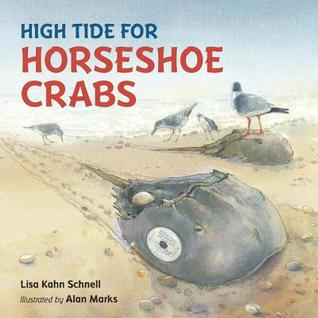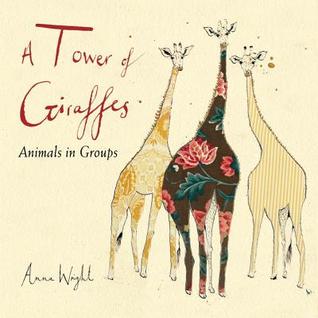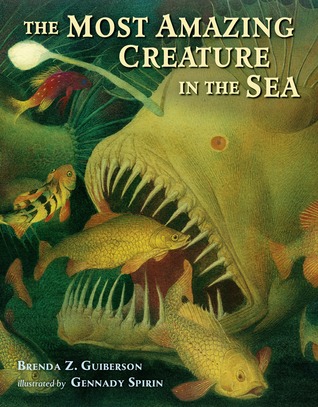Every Wednesday I join Alyson Beecher from kidlitfrenzy and other
kidlit bloggers to share wonderful nonfiction picture books.
The intention of today's blog is to give educational professionals
new nonfiction reading material and ideas to use
with students to promote a love of reading nonfiction materials.
There are some amazing books about animals that are being published every week. The problem is, classrooms don't always study those animals. How can you use these books even if these animals are not on your unit planner?

High Tide for Horseshoe Crabs by Lisa Kahn Schnell
Don't study horseshoe crabs or shorebirds? Use this book to:
- life cycles
- food chains
- animals migrating
- text features such as using the end pages to gain additional information
- using headings to gain information about what the page will be about

Whose Nest? by Lynette Evans
Fun to read with great illustrations! Perfect when learning about habitats. But just in case you don't, use for:
- science standard - how animals use surroundings in order to survive
- mentor text for writing nonfiction - riddle format

The Great Monkey Rescue: Saving the Golden Lion Tamarins by Sandra Markle
Can we say mentor text? Use for:
- Show how a cutaway, caption, sidebar adds to the information on the rest of the page or chapter
- Text organization - beginning a nonfiction piece with a narrative story that goes into factual information.
- Show how a book that relies heavily on photographs, captions and maps uses those nonfiction features for a purpose.

Just Ducks! by Nicola Davies
Ok, not a fan of ducks. At all. Geese are worse. But, really like this books for other purposes:
- This book has a story matched with nonfiction facts. As new vocabulary and information are introduced in the story, additional information is given to the reader in smaller font embedded in the illustrations of the story. When nonfiction is not a favorite genre, this blend will make it easier to get kids to stick with a nonfiction story.
- an index! I like that this book has an index, which seems to be missing in newer nonfiction.

Emu by Claire Saxby
I don't know about you, but teaching about the emu is not in our curriculum. You may want to include this fascinating book when teaching:
- how offspring depend on their parent
- how do the captions enhance the main text?

A Tower of Giraffes by Anna Wright
The artwork in this book is beautiful, love the mixed media collages. But you could also use this book for:
- teach animal habitats? How about animal groups?
- teach collective nouns? Perfect mentor text - and learn something new while you read!

The Most Amazing Creature in the Sea by Brenda Guiberson
The fascinating facts are enough of a reason to read this text! I can just hear students wanting to talk to each other about these sea creatures. Even if you don't teach a unit on these crazy predators of the sea, you use it for:
- persuasive writing! Did the author prove her point on each page? Which had the best argument?
Even when you don't teach the subject, you can always find ways to use good writing!

Great ideas for how to use these amazing books! Thanks!
ReplyDeleteI loved each one of these books, Michele, and you've put them together as a great resource for so many things. Thanks!
ReplyDeleteAs a person who writes about animals, sometimes uncommon ones, this post was extremely helpful. I want teachers to want to use my books in their classes. I don't always look at it from their side as I should. Thanks.
ReplyDeleteThis is really fascinating for me, because I'm not a teacher (or even a teacher-librarian!),so I find I learn so much by participating in this weekly roundup! Posts like this are very helpful for librarians who want to better support the teachers and students in our community - thanks for sharing this!
ReplyDeleteExcellent post with great ideas!
ReplyDeleteWhat a fantastic angle for using these nonfiction books, Michele. I like the way you think outside the box.
ReplyDeleteLove how you structured this post. So many good books.
ReplyDeleteThis is a great post Michele! Will be coming back to it!
ReplyDelete